Displaying items by tag: Sustainable Saratoga
Federal Deadline Urges City to Action on Affordable Housing
SARATOGA SPRINGS — City Mayor Joanne Yepsen looked up at the 50 or so people who crowded into City Hall Wednesday afternoon and spoke to the reason for the gathering. “We don’t want to become a community that only the elite can afford,” the mayor said.
The City Council’s special mid-day meeting on Dec. 14 effectively kicked-off an 18-month project to address affordable housing in Saratoga Springs.
“Residents are saying, ‘We are pricing ourselves out of our own city,’ meaning that the market rates are higher than what they can afford. I think it’s time for us as a council to address some of the short-term needs as best we can with some long-term solutions,” Yepsen said. “And affordable housing may not just be an option any more – it may be required by the federal government.”
The 1968 Affirmatively Furthering Fair Housing (AFFH), was amended in 2015 with a final rule that states communities must address affordable housing needs and come up with a consolidation plan to carry out actions. That plan is specifically due from Saratoga Springs in May 2020, with submissions due at the U.S. Department of Housing and Urban Development by October 2019. “We are planning this will take us about a year and a half to put together, so we’re starting at the right time,” Yepsen said.
Survey Says: Additional Housing Needed
A 228-page market study regarding housing needs in Saratoga Springs conducted during the summer by GAR Associates indicates a strong demand for additional housing in the city, and recommends multiple rent tiers targeting different income bands in the development of workforce, family, and senior housing. The study points to Saratoga Springs’ disparity in income levels as a supporting case to be made for affordable housing projects that specifically feature workforce-oriented and mixed-income housing, where attorneys would live in the same building as busboys, explained Saratoga Springs Housing Authority Executive Director Paul Feldman.
“Affordable housing to me is not only by the HUD standards (residents should not spend more than 30 percent of their income on housing), but for Saratoga Springs it’s taking care of our hospitality industry and making sure that the workers can get to work and live close to jobs,” Yepsen said. “So, it’s workforce housing for our hospitality industry and it’s allowing young professionals to move and work here.”
The study reported the average listing price of a new single-family home in Saratoga Springs is $504,000, the average annual earning salary is about $70,000, and that of the more than 600 housing units built in the city during the past decade -in addition to another 200 or so on the table in the future - none include an affordable housing component. “What the market study shows is that 80 percent of the people who need more affordable housing are Saratogians,” Yepsen said. “They currently live here and are having trouble paying their bills. Eighty percent of the people are our own people - and that’s why I’m taking this to heart. We need to do this. Hopefully this will be the beginning of a plan.”
There are several options to be explored, from working with private developers, to nonprofits. A decade-old Inclusionary Zoning ordinance revived by Sustainable Saratoga earlier this year calls for the dedication of a small percentage of all future units built be designated for moderate, or low-income households. In exchange, builders would receive a bonus that allows an increased density of the project. The IZ would also spread the dispersal of mixed-use affordable housing across the community.
“If the IZ ever passed the council, it would mean every developer, from here on in, would include a percentage of affordable housing,” Yepsen said. The proposal currently sits at the city and county planning boards for their respective advisory opinions, after which it will be required to pass through the city’s Land Use boards before being returned to the council for a potential vote. In a community with high-income characteristics such as Saratoga Springs, incentives often have to be provided in order to create the support for municipal approvals associated with affordable housing.
The Middle Class Gap
Yepsen said looking at the housing gap from a continuum of care spectrum, the path begins at the Code Blue emergency shelter, continues on to Shelters of Saratoga, and transitions to public housing and eventually private housing. But, that’s where the path ends. “That middle gap, to me, is what really is the crux of the problem, because you’re not eligible for help, yet you can’t afford the high-end condos either, so you end up stuck in the middle,” Yepsen said. “And Saratoga Springs is going to be feeling that more, unless we can at least introduce some other price points for housing in the city. It is for me, a priority and that is the reality of the situation. The question now is: What does the council want to do about it?”
The survey reports that land adjacent to The Saratoga Springs Housing Authority’s Stonequist Apartments would be ideal for a large mixed development. Currently, the city is looking at grant funding opportunities to develop 20 to 26 new affordable housing units at Jefferson and Vanderbilt Terrace. “We’re thrilled that we’re a thriving economic community and we don’t want that to change at all,” the mayor said. “Our package of assets and cultural opportunities are going to thrive and grow, but we’ve got to take care of our own too. We need to be both - an economically thriving tourist community and a residential year-round affordable community, with a high quality of life.”
Memorial Tree Dedicated in Honor of Saratoga’s Eugene Corsale
SARATOGA SPRINGS — A lifelong city resident who led efforts to preserve and enhance the oldest cemetery in Saratoga Springs was posthumously honored with the placement of a plaque and the planting of a tree in the Gideon Putnam Burying Ground.
The tree, an American beech, is expected to rise to a height of greater than 50 feet, grow to a spread at maturity of about 40 feet and for generations overlook the west side neighborhood where Eugene Corsale made his home. Corsale engaged the help of the Department of Public Works, local businesses and volunteers, and is credited with providing the leadership through which $120,000 in grant funding was secured to underwrite the restoration of the burial grounds, which had fallen into disrepair.
Graffiti marred the stone wall of the Putnam family plot and trash was strewn about. Broken tombstones were used as skate board ramps and some residents used the dirt paths of the overgrown landscape as a short-cut to Broadway. “The cemetery was ignored, overgrown, and misused,” explained Samantha Bosshart, executive director of the Saratoga Springs Preservation Foundation.
The cemetery was established in 1810 by Gideon Putnam. The Massachusetts-born visionary relocated to the area in his twenties. He laid out a wide street scheme for a broad way, built Saratoga’s first boarding house hotel, and donated a plot of land to be used as a public burial ground. While working atop scaffolding during the construction of nearby Congress Hall, Putnam fell and suffered severe injury. He died a year later. In 1812, he became the first person interred at the cemetery named for him.
In addition to the walled enclosure of the Putnam family plot, hundreds of Saratoga Springs residents were laid to rest at the cemetery through the 1840s. A century later, fewer than half of the original 232 stone markers remained. Accurate records of those buried within were not kept, and the cemetery fell into disrepair. With Corsale’s leadership, stone walls were restored, gravestones cleaned, the landscape trimmed and grass reseeded, and a perimeter fence installed to prevent vandalism.
“What we see here today is in large part (due to) Gene’s legacy,” said Bosshart, choking back tears as she recalled many purposeful visits to her office by Corsale, who died in March 2014 at the age of 85. “Gene would come by, usually with some butterscotch candy or a lollipop he got from the bank, and say: ‘You know what we have to do.’ It was a privilege and an honor to know him.”
The Gideon Putnam burying ground is the city’s oldest cemetery in the city and is listed on the National Register of Historic Places as well as being designated a City Landmark. It was preceded by the Sadler Cemetery, where bodies were first interred in the 18th century, but those bodies were mostly relocated to other cemeteries. The memorial tree was purchased and planted by the Heritage Garden Club with the assistance from Sustainable Saratoga, and a bronze plaque recognizing Corsale was provided by the Saratoga Springs Preservation Foundation.




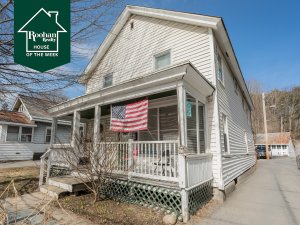
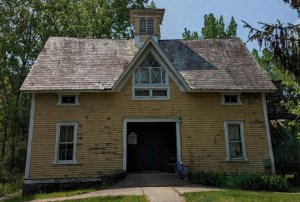

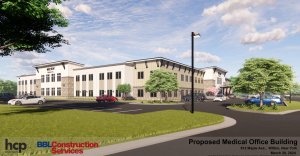



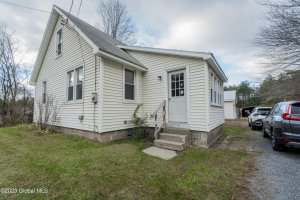

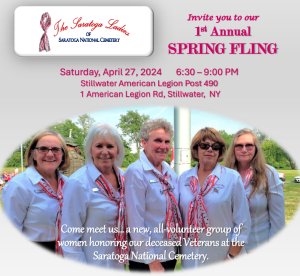






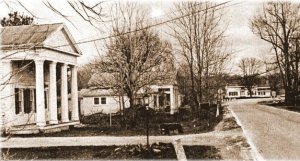







 How to resolve AdBlock issue?
How to resolve AdBlock issue? 









